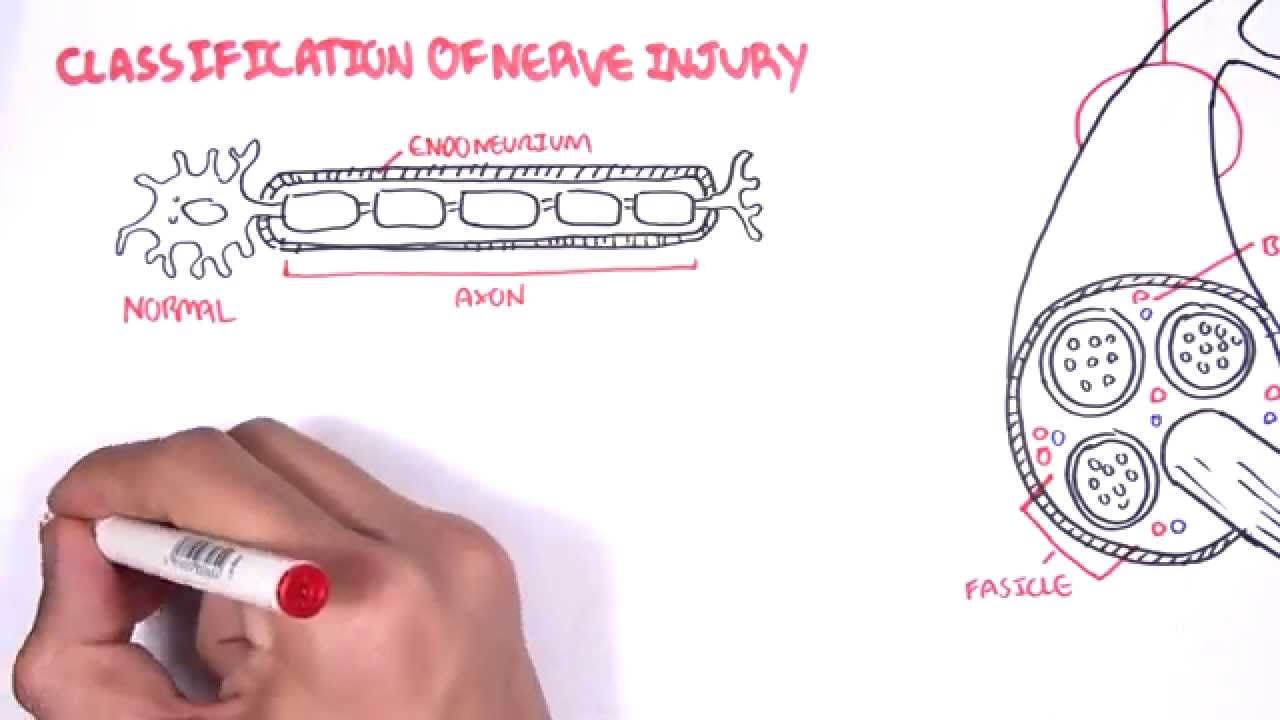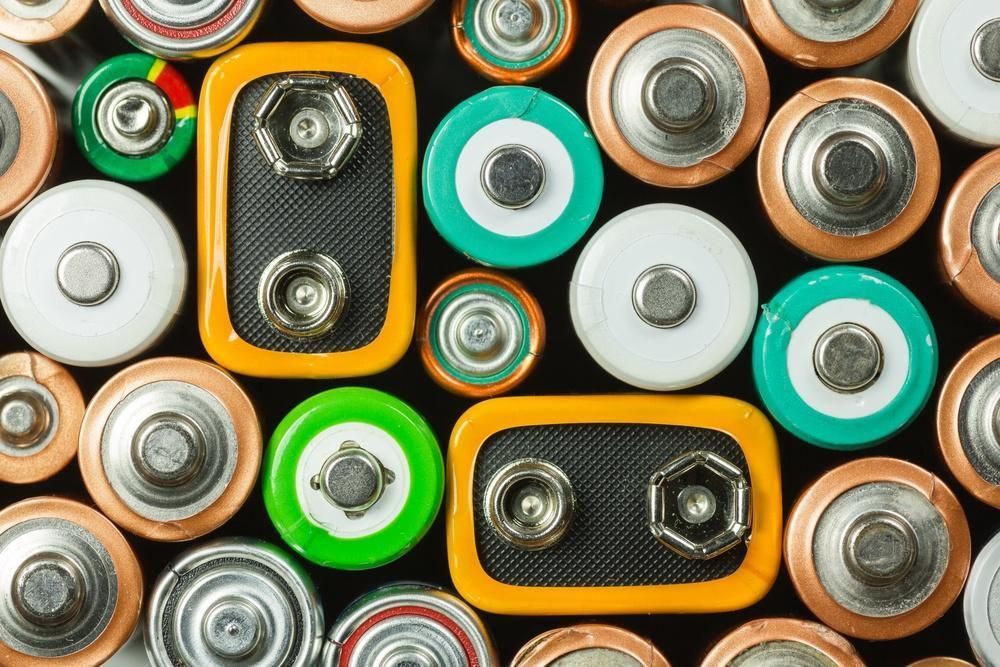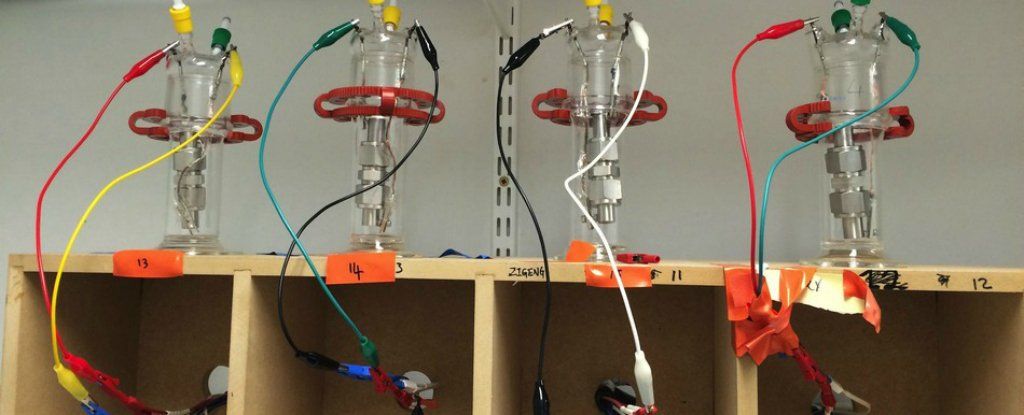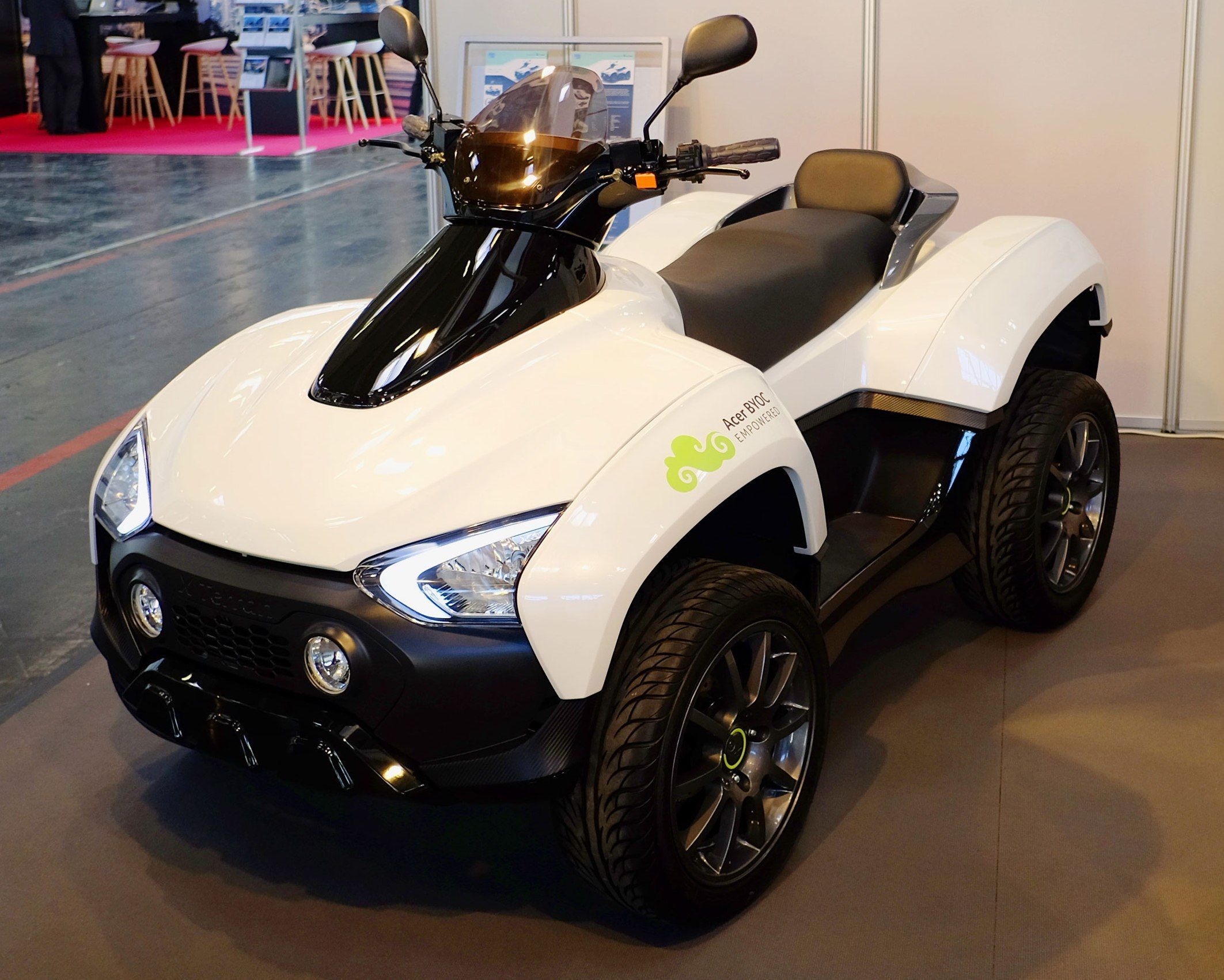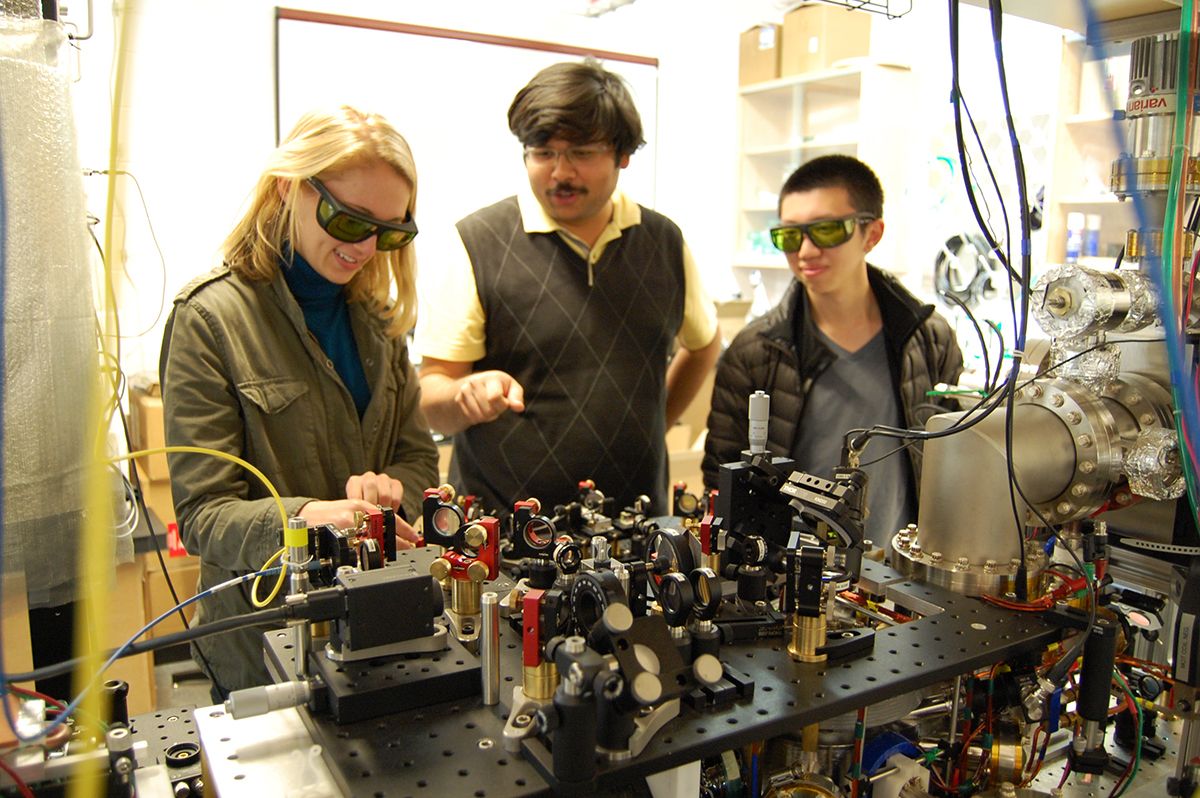Nov 8, 2015
3D Printed Guide for Nerve Regeneration successfully tested on Animals, Clinical testing on humans to begins soon
Posted by Lily Graca in categories: 3D printing, biotech/medical, electronics, engineering
According to the Mayo Clinic, the Nerve regeneration is a complex process, because of its complexity, regrowth of nerves after injury or disease is extremely rare. Nerve damages more often than not are incurable and cause permanent disability, but now the scientist has proved that Advanced 3D printing methods could hold a possible cure for such patients.
To prove the proof of concept, a physically disabled rat was chosen as a test subject. The scientist used a specially designed 3D scanners and 3D Printers to create a custom silicone guide, 3D-printed chemical cues were added to the guide to promote both motor and sensory nerve regeneration. This was then implanted into the rat with surgically grafting it to the cut ends of the nerve. The operation was a extremely successful and the rat showed tremendous improvement in the way it walked within 10 to 12 weeks.
